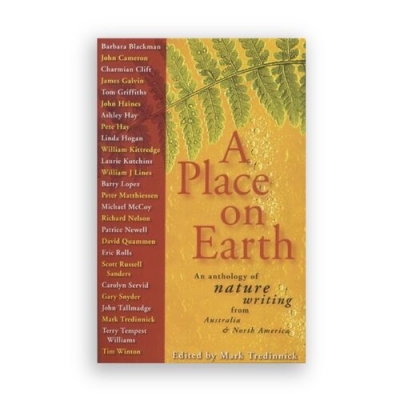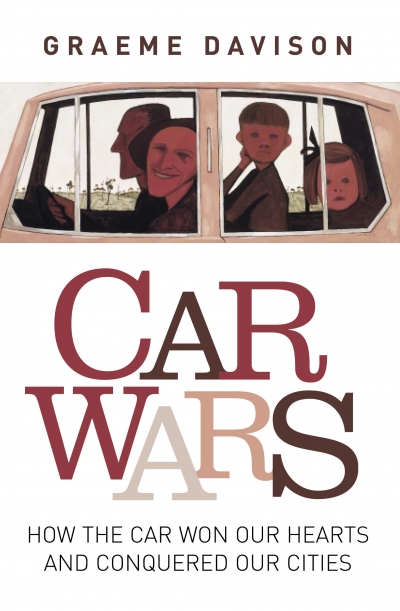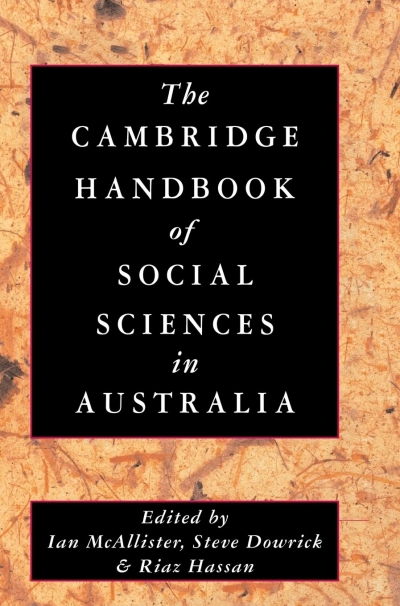NonFiction
A Place on Earth: An Anthology of Nature Writing from Australia and North America edited by Mark Tredinnick
by Kim Mahood •
Car Wars: How the car won our hearts and conquered our cities by Graeme Davison
by Gideon Haigh •
Car Wars: How the car won our hearts and conquered our cities by Graeme Davison
by Gideon Haigh •
Death Sentence: The decay of public language by Don Watson
by Julian Burnside •
The Cambridge Handbook of Social Sciences in Australia edited by Ian McAllister, Steve Dowrick and Riaz Hassan
by Allan Patience •
Cover-Up: The inside story of the Balibo Five by Jill Jolliffe
by Jill Jolliffe •
The Voyage of Their Life: The Story of the SS Derna and Its Passengers by Diane Armstrong
by Doris Brett •










